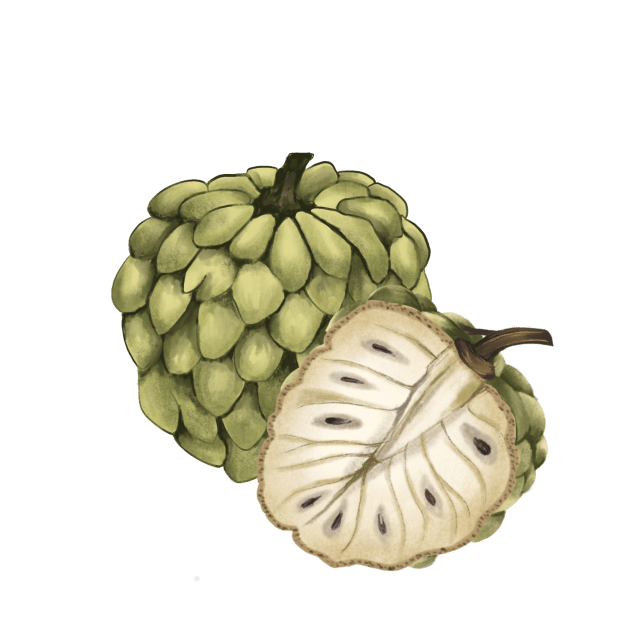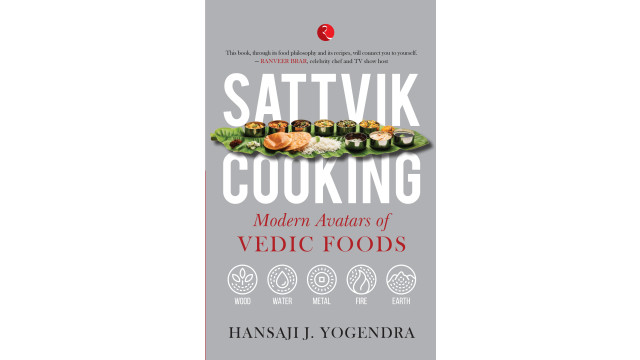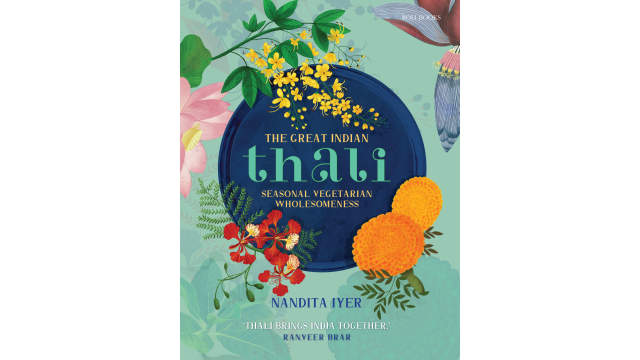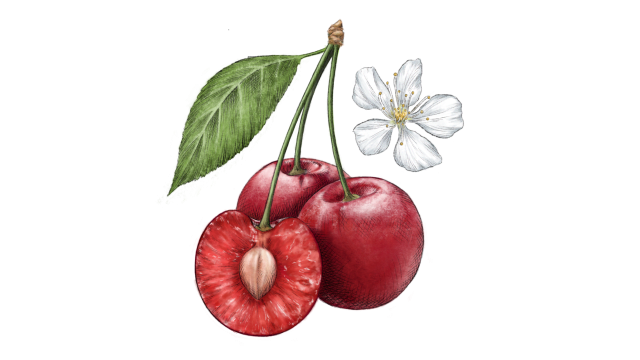Durian
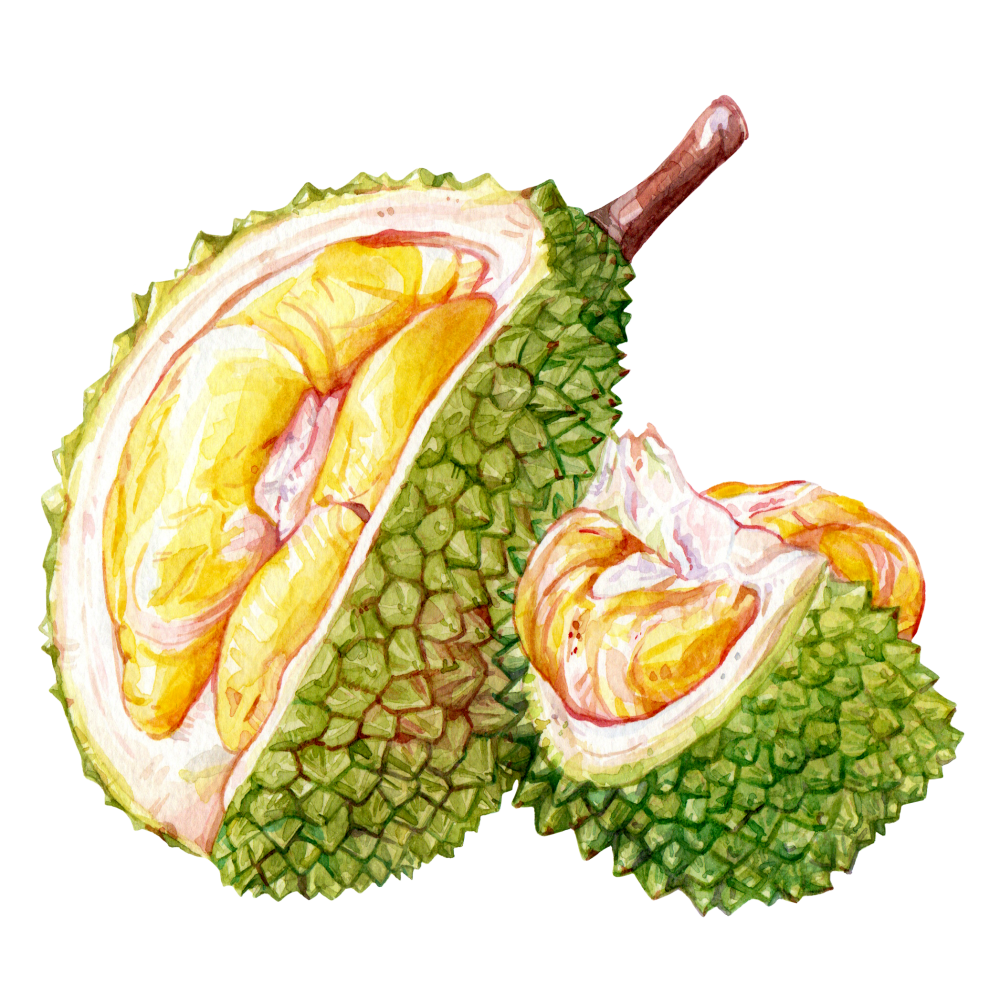
Latin name: Durio zibethinus
Other names: "The king of fruits," monthong (Thai)
Uses: fruit
What is durian?
Durian is the large, spiny fruit of a tropical tree in the mallow family. It’s famous (infamous, even) for its strong odor, but prized for its deep flavor and usefulness in both sweet and savory dishes.
Why is durian healthy?
Durian is exceptionally nutrient-dense for a fruit, containing significant protein, vitamins, minerals, and fiber. Additionally, it’s rich in compounds that may convey numerous benefits: reducing the risk of heart disease, fighting infections, and possibly even preventing some cancers. Durian is used in several traditional Asian medicines to treat fever, high blood pressure, jaundice, and more.
What does durian taste like?
Ripe durians have a creamy-custardy texture and are pungent, savory, sweet, and heady-fragrant all at once, not unlike tropical flowers and vanilla mixed with caramelized onions; they’re also described as smelling like turpentine and vomit — it all depends on which specific durian cultivar you’re talking about.
How do I use durian?
To access the fruit within a durian’s thorny shell, look for the faint brown lines that come to an asterisk shape. Plunge a sharp knife a few inches into the center of the star to split the seams, then pull the shell apart with your hands (you can wear thick gloves or use a kitchen towel to cushion the spines). Scoop out the flesh with a spoon or your fingers.
What does durian pair well with?
Durian is best paired with other tropical ingredients like sweet sticky rice, coconut milk, and palm sugar, but you can also add the fruit to smoothies, cakes, puddings, and ice cream. Savory applications (and fermented durian) are traditionally centered on fish soups and curries.
Where does durian grow?
Durians are native to Borneo, and wild trees still grow in the Malay peninsula. Durians are now grown commercially throughout Southeast Asia; the most commonly available cultivars are grown in Thailand (which dominates global exports), Malaysia, Indonesia, and Vietnam, where they’ve been grown and traded for centuries.
How to buy durian:
Look for the large, spiny fruit in the produce or freezer aisle of Asian markets (some stores only offer frozen ones to keep odors down, but bigger/better-stocked markets sometimes have fresh ones). A good-quality fresh durian will feel light for its size, with no holes and a strong (but not vinegary/garbage-y) aroma. Keep fresh specimens at room temperature but store them in the freezer if you won’t eat them within a couple days.
Surprising durian fact:
In Southeast Asia, it’s commonly believed that one shouldn’t consume durian with alcohol; between the 18th and 20th centuries botanists reported that it caused everything from indigestion and bad breath to “a feeling of morbidity.” In 2009 a Japanese study published in the journal Food Chemistry found that an enzyme in durian actually inhibits the body’s removal of alcohol’s toxins.
